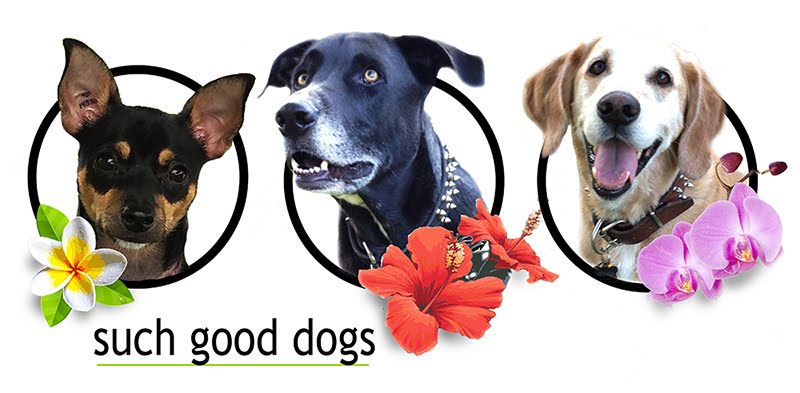There are basically three essential elements to teaching a dog to learn.
These are: motivation, reinforcement, and punishment.
Motivation is a need (conscious or unconscious), desire, or drive that incites a dog to produce some behavior or action. A dog must be properly motivated to change behavior.
Reinforcement are actions, events, or items that positively or negatively increase or eliminate a behavior. There is positive reinforcement and negative reinforcement.
Positive reinforcement basically means the dog works for you to get things he desires. Positive reinforcement involves rewarding the dog the instant he performs the desired behavior.
Negative reinforcement means the dog is working to avoid something the dog considers unpleasant. Negative reinforcement is the removal of something unpleasant the instant the dog performs the desired behavior.
Punishment is use of a penalty. There is both positive and negative punishment.
Positive punishment involves a negative consequence the moment the dog engages in an undesired behavior. You are adding something negative.
Negative punishment involves removing something the dog likes when the dog engages in an undesired behavior. You are removing something the dog likes.
A helpful way to think about these things is this...positive means you are adding something...negative means something is being taken aways.
These are: motivation, reinforcement, and punishment.
Motivation is a need (conscious or unconscious), desire, or drive that incites a dog to produce some behavior or action. A dog must be properly motivated to change behavior.
Reinforcement are actions, events, or items that positively or negatively increase or eliminate a behavior. There is positive reinforcement and negative reinforcement.
Positive reinforcement basically means the dog works for you to get things he desires. Positive reinforcement involves rewarding the dog the instant he performs the desired behavior.
Negative reinforcement means the dog is working to avoid something the dog considers unpleasant. Negative reinforcement is the removal of something unpleasant the instant the dog performs the desired behavior.
Punishment is use of a penalty. There is both positive and negative punishment.
Positive punishment involves a negative consequence the moment the dog engages in an undesired behavior. You are adding something negative.
Negative punishment involves removing something the dog likes when the dog engages in an undesired behavior. You are removing something the dog likes.
A helpful way to think about these things is this...positive means you are adding something...negative means something is being taken aways.




